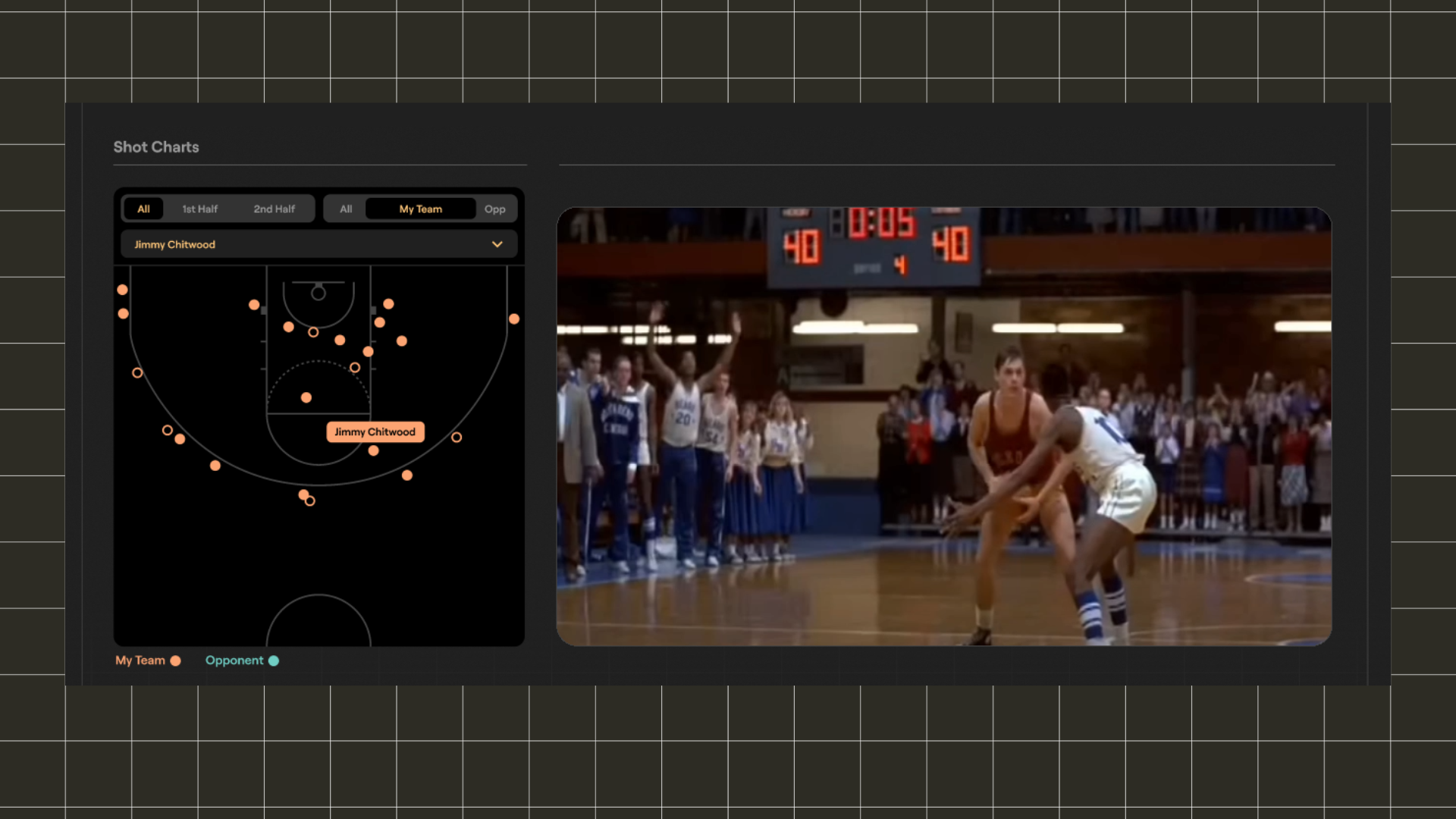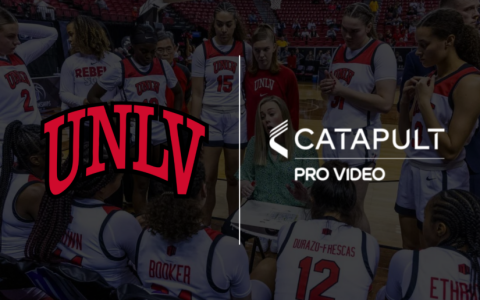The clipboard era is over. In 2024, the difference between a .500 season and a banner is no longer measured by how loud a coach can yell—it’s measured by how fast pixels turn into points. Basketball film breakdown software has quietly become the most valuable sixth man in the game, and programs that still rely on scrubbing video frame-by-frame are already two possessions behind.
1. From VHS to Victory: What Modern Breakdown Actually Means
Traditional tagging tools asked coaches to pause, type “PNR Left,” and move on. Today’s AI-driven platforms watch every cut, curl, and close-out in real time, auto-tagging 150+ actions before the locker-room door swings shut. Optical tracking turns sloppy handheld iPhone clips into pristine 3-D data, spitting out hip-height, foot placement, and release time on every jumper. The result: a scout report that used to take four grad assistants six hours now arrives before the sweat dries—complete with probability trees of what the opponent will run after a timeout down three with 2:07 left.

2. The Three-Click Recruiting Pitch
Prospects no longer ask “How many shots will I get?” They ask “Can you send me my highlights before dinner?” Elite software siphons a guard’s 27 possessions, auto-crops the frame to the player’s silhouette, overlays shot-quality metrics, and renders a 45-second, TikTok-ready reel before the prospect boards the bus. Coaches using legacy editors lose kids mid-export; coaches leveraging cloud-based, AI clipping close the deal before the campus tour starts.
3. Micro-Details That Hide 0.05 PPP
Margins in March are cruel. The difference between the 32nd-ranked defense and the 7th is half a point per 100 trips—roughly one extra close-out. Modern breakdown tools expose those micro-leaks: they log the 0.3-second delay when a big’s chin drops on a drop coverage, quantify how often a shooter drifts 6 inches too far to the strong side, and rank every screener’s “illegal” angle by frequency and whistle risk. Staffs that correct three such leaks flip a 68–67 loss into a 71–66 win without changing a single play call.
4. Integration Is the New Innovation
Stand-alone film rooms are dead. The best platforms plug straight into wearable GPS, Catapult load monitors, and Noahlytics shot-tracking nets. One dashboard cross-references heart-rate spikes with missed rotations, flagging fatigue-induced mistakes before the player feels them. Trainers script individualized recovery plans off the same clip that shows the coach why the close-out broke down. Everyone speaks one language—video—eliminating the telephone-game between departments that once sabotaged postseason runs.
5. Democratizing the D-I Blueprint
Budget-busting enterprise licenses used to lock mid-majors out of the arms race. Not anymore. Open-source models fine-tuned on WNBA game film now run on a single RTX laptop, giving Division-II programs the same auto-stat pipelines that powered last year’s national champions. For $199 a month, a JUCO can tag five seasons of opponent tape overnight, print analytics that look like they came from a multi-million-dollar facility, and punch a power-conference bully in the mouth on opening night.
6. Security, Ethics, and the Future Edge
With cloud storage comes risk—European clubs already trade crypto-encrypted “ghost edits” to spoof rival AI models. The next frontier is predictive scouting: algorithms that forecast opponent adjustments using coach-specific historical data. Expect regulation akin to GDPR for athlete biometric privacy by 2026; software that bakes in differential privacy and on-device processing will be the only ones cleared for championship week.

The bottom line: If your staff is still arguing over who has to tag the fourth quarter, you’re not coaching—you’re data-entry interning. Install an AI film breakdown platform today, and you won’t just win more games. You’ll win the minutes that decide them, the recruits that define them, and the sleep you used to trade for them.






































